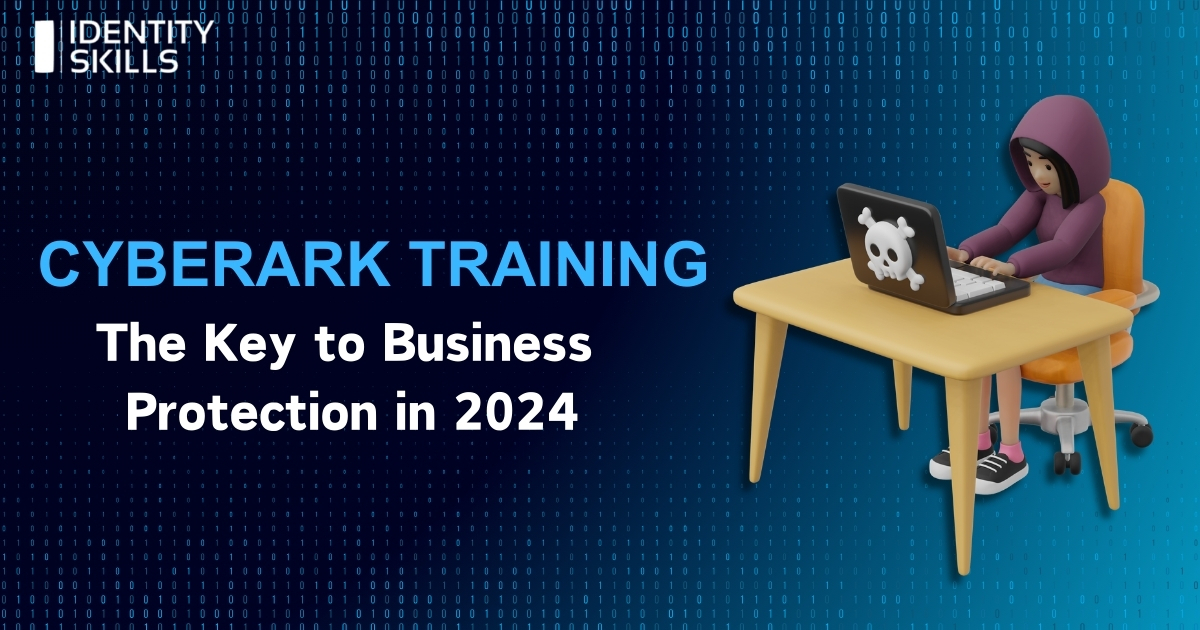The demand for robust cybersecurity measures has reached unprecedented levels. As businesses increasingly rely on digital platforms and cloud-based services, the potential for cyber threats has escalated. In this context, CyberArk training has emerged as a crucial component in fortifying business protection. This article explores the significance of CyberArk training and how it can safeguard businesses in 2024.
The Rising Tide of Cyber Threats
With the advent of sophisticated cyber attacks, businesses face an unprecedented level of risk. They are not only becoming more frequent but also more complex. Hackers are continually developing new methods to infiltrate systems, steal sensitive information, and disrupt operations. The financial and reputational damage caused by these breaches can be devastating.
To counter these threats, businesses must adopt a proactive approach to cybersecurity. This involves not only implementing advanced security technologies but also ensuring that their teams are well-trained in using these tools effectively. It is a key element in this strategy.
The Importance of Training
While implementing solutions is essential, it is equally important to ensure that the personnel responsible for managing these systems are well-trained. It provides the necessary knowledge and skills to effectively utilize the platform’s features and capabilities. Here are some key reasons why this training is vital for business protection in 2024:
- Enhanced Security Posture It helps in empowers IT professionals to configure and manage the platform efficiently. This ensures that privileged accounts are secured, monitored, and controlled, significantly reducing the risk of unauthorized access. A well-trained team can quickly identify and respond to potential threats, enhancing the overall security posture of the organization.
- Compliance and Regulatory Requirements Numerous industries must adhere to strict regulations concerning data protection and cybersecurity. Further, helps businesses comply with these regulations by ensuring that their access management practices meet the required standards. This not only helps avoid legal penalties but also builds trust with clients and partners.
- Operational Efficiency Proper training enables IT teams to utilize CyberArk’s features to their full potential. This includes automating routine tasks, streamlining workflows, and improving the overall efficiency of security operations. As a result, businesses can allocate their resources more effectively and focus on strategic initiatives.
- Risk Mitigation It also provides IT professionals with the skills to identify and mitigate potential risks before they escalate into major security incidents. By understanding the intricacies of the platform, they can implement best practices and proactive measures to safeguard privileged accounts.
- Adaptability to Emerging Threats The cybersecurity landscape is constantly evolving, with new threats emerging regularly. It ensures that IT teams stay updated with the latest developments and are prepared to tackle new challenges. This adaptability is crucial for maintaining a robust defense against cyber attacks.
Key Components of CyberArk Course
CyberArk offers a comprehensive training program that covers various aspects of management. The training is designed to cater to different roles within the organization, ensuring that all relevant personnel are equipped with the necessary skills. Some of the key components include:
- Introduction to CyberArk This module provides an overview of CyberArk’s solutions and their importance in securing privileged accounts. It covers the basic concepts and architecture of the platform, helping participants understand its fundamental principles.
- Installation and Configuration This section delves into the installation and configuration of CyberArk solutions. Participants learn how to set up the platform, configure security policies, and integrate it with existing IT infrastructure.
- Incident Response and Recovery Includes guidance on responding to security incidents involving privileged accounts. Participants learn how to investigate breaches, mitigate their impact, and implement recovery measures.
- Advanced Features and Automation For advanced users, CyberArk offers training on the platform’s more sophisticated features, such as automation and integration with other security tools. This enables businesses to streamline their security operations and enhance overall efficiency.
Implementing in Your Organization
To maximize the benefits, businesses should adopt a structured approach to its implementation. Here are some steps to consider:
- Identify Training Needs Assess the current skill levels of your IT team and identify any gaps that need to be addressed. Determine which team members require training and at what level.
- Choose the Right Training Program offers various training programs tailored to different roles and skill levels. Select the program that best suits the needs of your organization.
- Schedule Regular Training Sessions As cybersecurity is a constantly evolving field, ongoing education is crucial. Schedule regular training sessions to keep your team updated with the latest developments and best practices.
- Encourage Certification Encourage your team members to pursue CyberArk certification. This not only validates their skills but also demonstrates your organization’s commitment to cybersecurity.
- Integrate Training with Security Policies Ensure that the knowledge gained from training is integrated into your organization’s security policies and procedures. This helps create a cohesive and effective security strategy.
Conclusion
In 2024, the necessity for robust cybersecurity measures is more urgent than ever. Cyberark training in bangalore plays a pivotal role in protecting businesses from the ever-evolving threat landscape. By equipping IT professionals with the necessary skills and knowledge, businesses can enhance their security posture, comply with regulatory requirements, and achieve operational efficiency. Investing is not just a strategic move; it is a crucial step in safeguarding the future of your business.

